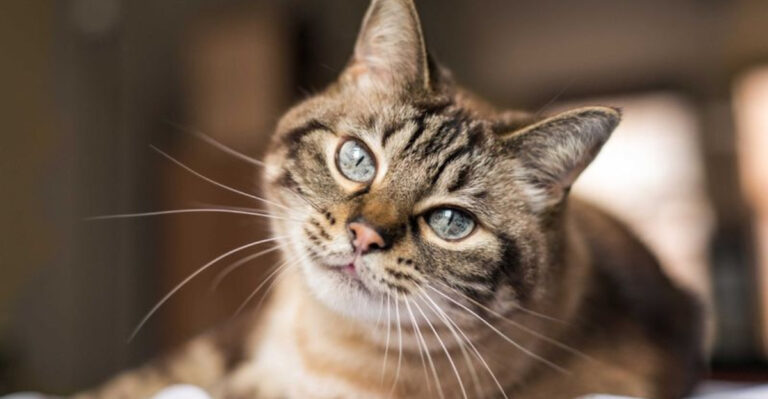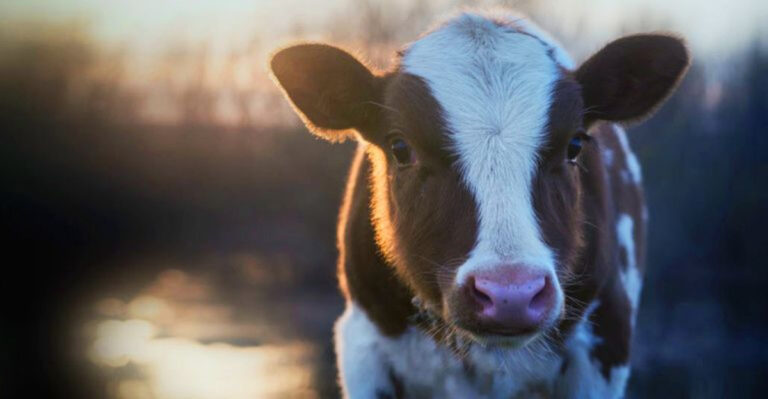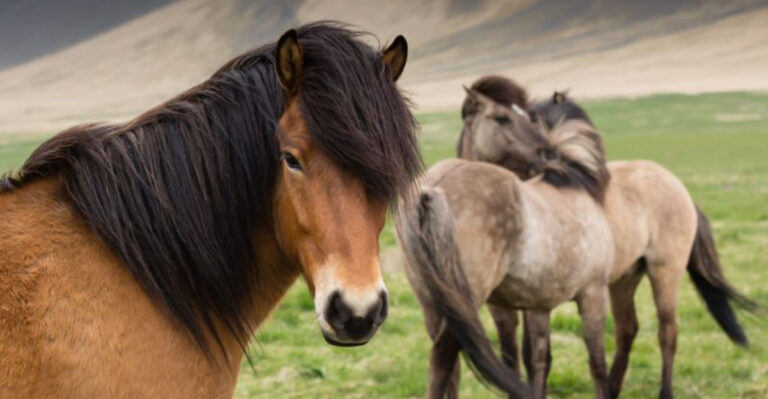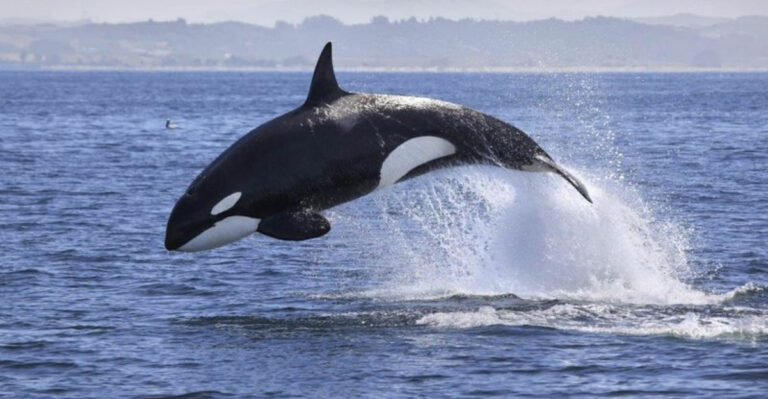Dire Wolf Vs. Gray Wolf: 12 Key Features Between These Two Species
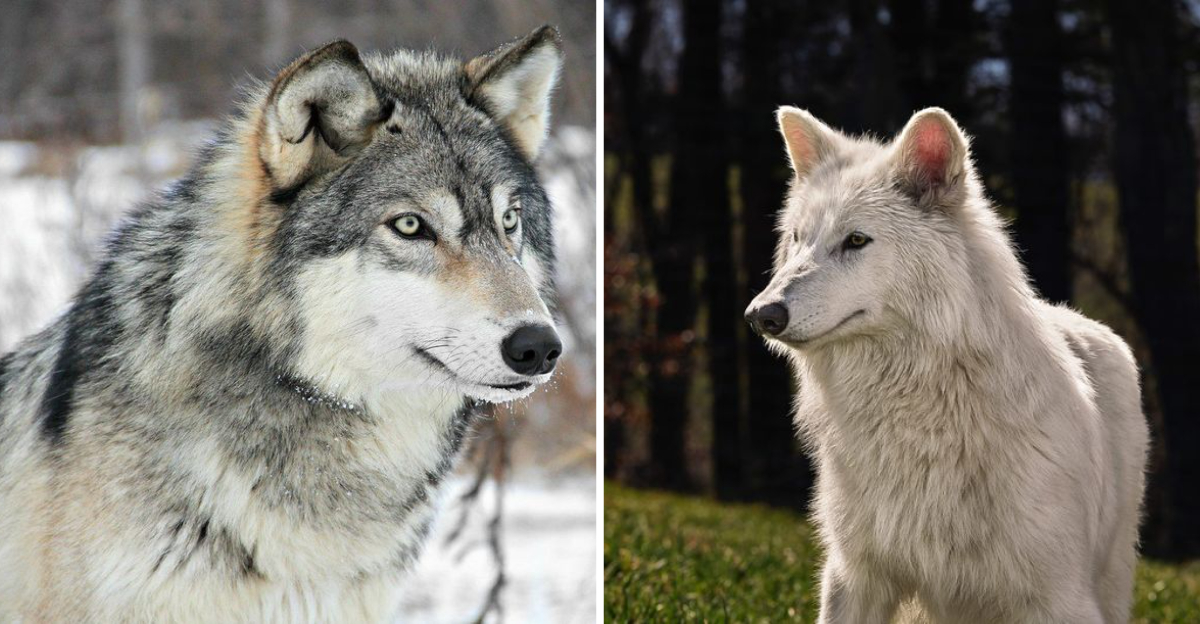
When it comes to wolves, the ancient dire wolf and the modern gray wolf are like time travelers who missed their rendezvous. Imagine one wolf stepping out from the Ice Age, while the other is dashing through today’s forests. Their differences aren’t just skin deep.
These two species have a dozen fascinating distinctions that set them worlds apart. From their size to their extinction stories, each point paints a vivid picture of their individual legacies and what makes them stand out in the wild world of wolves.
Let’s explore what makes each of these awe-inspiring creatures truly unique.
1. Size
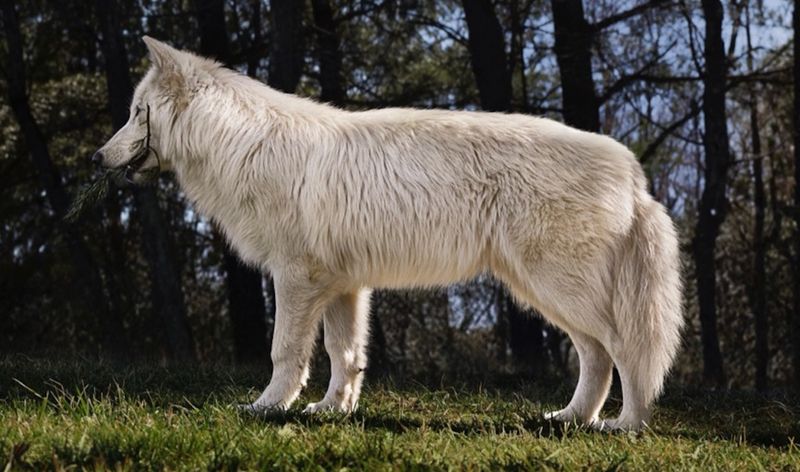
Think of the dire wolf as the linebacker of the wolf world. Weighing in at around 150 pounds, these giants were the muscle-bound predators of the Pleistocene epoch.
Meanwhile, gray wolves today average about 80 to 110 pounds, making them more like agile sprinters.
The size difference wasn’t just about weight. Dire wolves stood a bit taller and had a stockier build. This extra size was crucial for taking down large prey like bison.
By contrast, the more nimble gray wolf can dart through forests with ease, making them efficient hunters of deer and smaller animals.
2. Physical Build
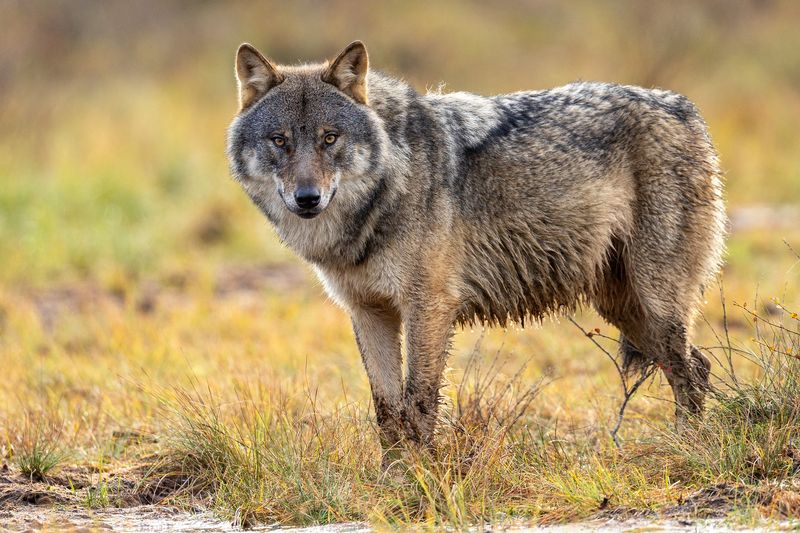
Dire wolves had larger, thicker bones, contributing to their robust stature. Their skulls were also broader, giving them a powerful bite.
In contrast, gray wolves have a more streamlined physique. Their slender legs and narrow chest are built for endurance.
This physical build allows gray wolves to cover great distances when hunting. Each wolf’s body structure reflects its lifestyle, with the dire wolf’s form suited for raw power and the gray wolf’s for agility and speed.
3. Habitat
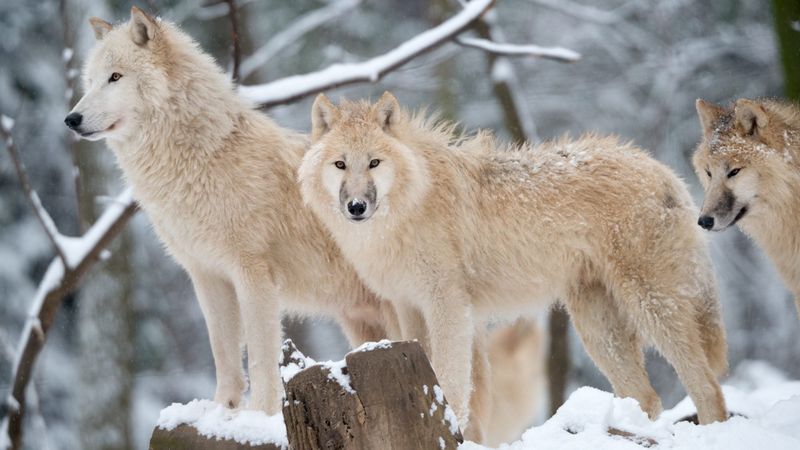
Picture the Ice Age and imagine dire wolves roaming the vast, open plains of North America. These prehistoric creatures thrived in a world where mega fauna like mammoths once roamed.
In contrast, gray wolves today inhabit diverse environments ranging from forests and tundras to mountains and grasslands.
The dire wolf’s habitat was largely dictated by the availability of large prey.
Meanwhile, the gray wolf’s adaptability allows it to survive in various climates, showcasing its incredible versatility.
Each habitat tells a story of survival tailored to the specific needs and resources of these wild canines.
4. Diet
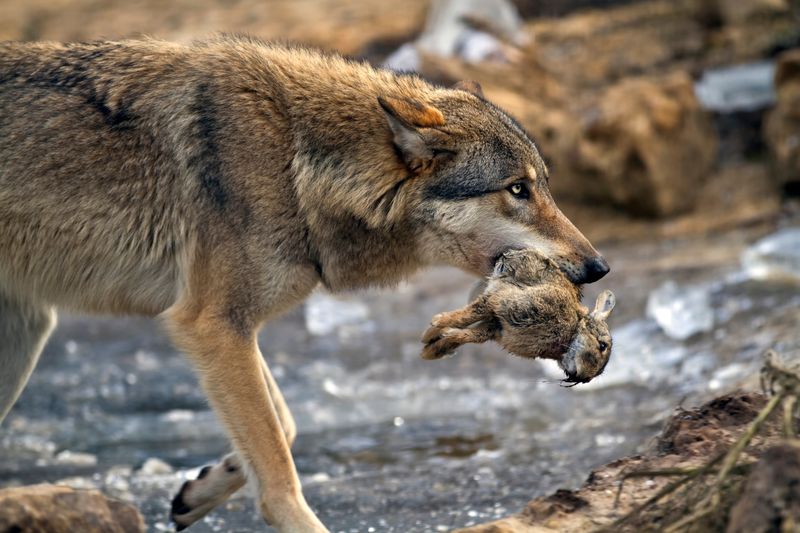
Dining preferences? Think of the dire wolf as the gourmand of the wolf world, feasting on large prey like prehistoric bison and horses. Their large, powerful jaws were perfect for tackling these hefty meals.
On the other hand, gray wolves are more opportunistic eaters. They hunt animals like deer and rabbits, but won’t say no to carrion or even smaller mammals. This flexibility in diet allows gray wolves to thrive in a variety of environments.
The differing diets underscore each wolf’s adaptation to its respective ecosystem, highlighting their unique hunting prowess.
5. Behavior
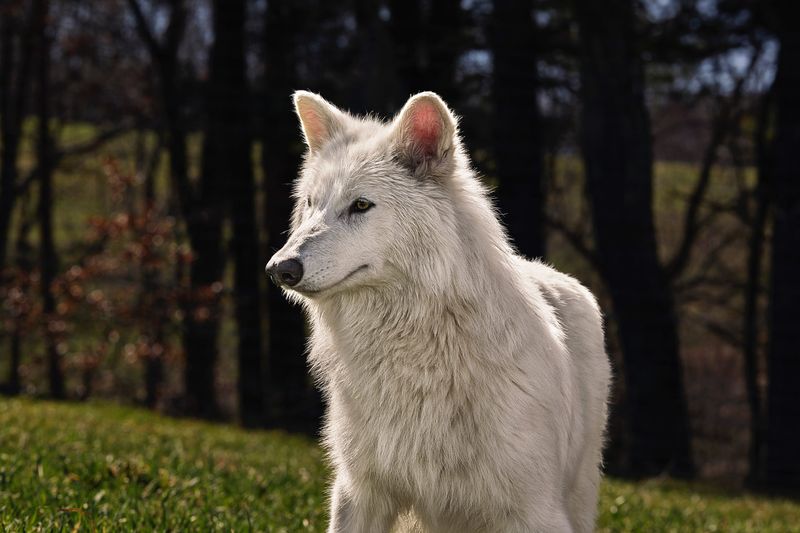
Ever wonder how dire wolves spent their days? These ancient predators likely relied on ambush tactics, using their strength to overpower prey. Their behavior was adapted to a world of giant mammals and harsh climates.
In contrast, gray wolves exhibit a blend of cunning and cooperation. They are known for their strategic hunting techniques and complex social interactions.
Gray wolves adapt their behavior to the environment, showcasing their intelligence and versatility.
The behavioral differences between these species illustrate how each adapted to their unique ecological niches, leaving their mark on history.
6. Social Structure
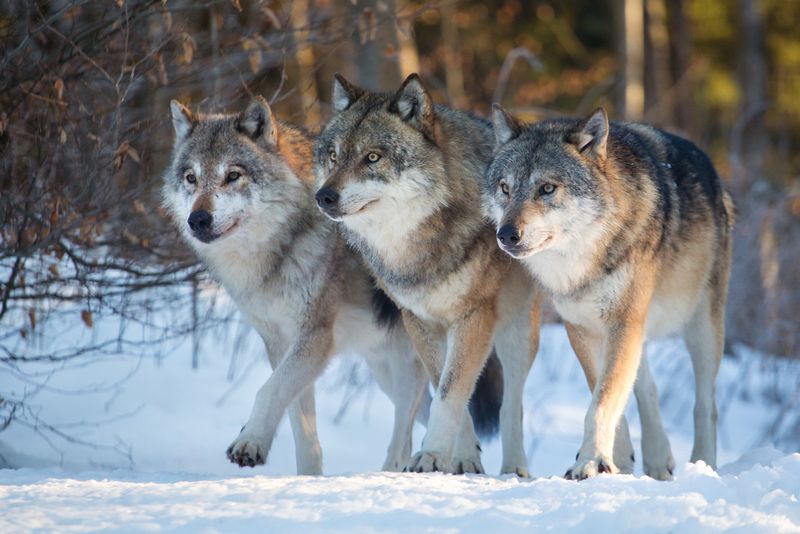
Dire wolves and gray wolves were both pack animals, but their social dynamics might have had subtle differences.
While concrete evidence about dire wolves’ pack structure is scarce, it’s believed they had a hierarchy similar to gray wolves, with an alpha pair leading the pack.
Gray wolves today show intricate social structures with defined roles and cooperative hunting strategies. They communicate through vocalizations and body language, maintaining pack harmony.
Whether in the past or present, the pack mentality is essential for hunting and survival, underscoring the social nature of these majestic creatures.
7. Fur Coat
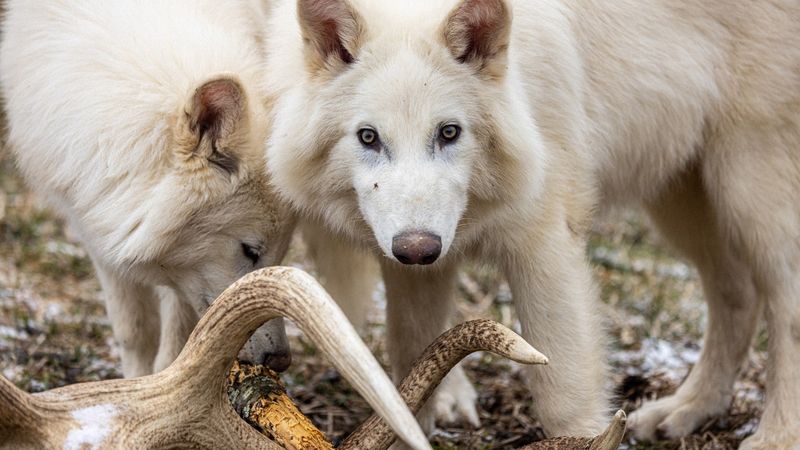
Imagine wrapping yourself in the thick, insulating fur of a dire wolf. This dense coat was vital for enduring the harsh Ice Age winters. Their fur was likely more uniform in color, blending into the snowy landscapes.
Gray wolves, however, come dressed in a spectrum of colors–from grays and browns to almost pure white. This diversity in coat color helps them camouflage in a variety of environments.
The contrast in fur between these species tells a tale of adaptation, showing how each evolved to suit their environment and climatic conditions.
8. Teeth And Jaw Structure
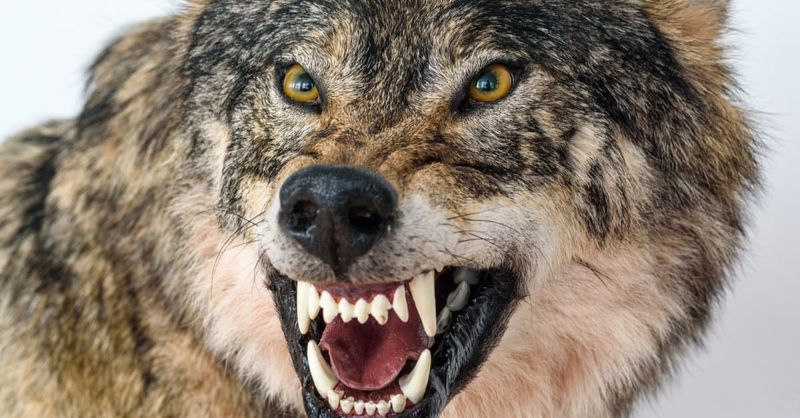
Talk about a bite that leaves a mark! Dire wolves had impressively large teeth and a robust jaw structure, ideal for crushing bone. This was essential for their survival, allowing them to feast on large prey.
Gray wolves, with their more slender jaws, have slightly less dental oomph but still pack a punch. Their teeth are adapted for slicing through meat and cracking smaller bones.
The differences in jaw and teeth structure highlight the evolutionary paths these wolves took, tailored to their hunting styles and dietary needs.
9. Extinction
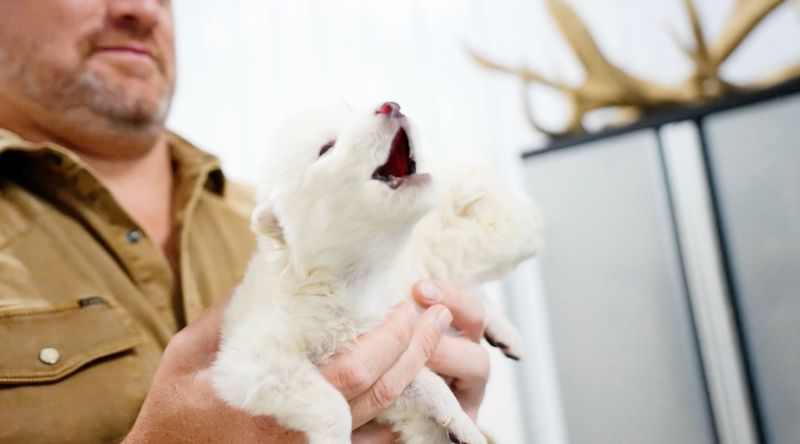
Dire wolves, despite their formidable presence, vanished about 13,000 years ago, likely due to climate changes and the disappearance of large prey. Their extinction marks the end of an era dominated by mega predators.
Recently, scientists have explored the possibility of bringing back dire wolves through genetic technology, using DNA from preserved remains to recreate this ancient species.
Gray wolves, however, have persisted and even rebounded in certain areas after facing near extinction due to human activities. Conservation efforts continue to support their populations.
The tale of extinction and survival between these species is a poignant reminder of nature’s fragile balance and the resilience of life even amidst significant challenges.
10. Bone Structure
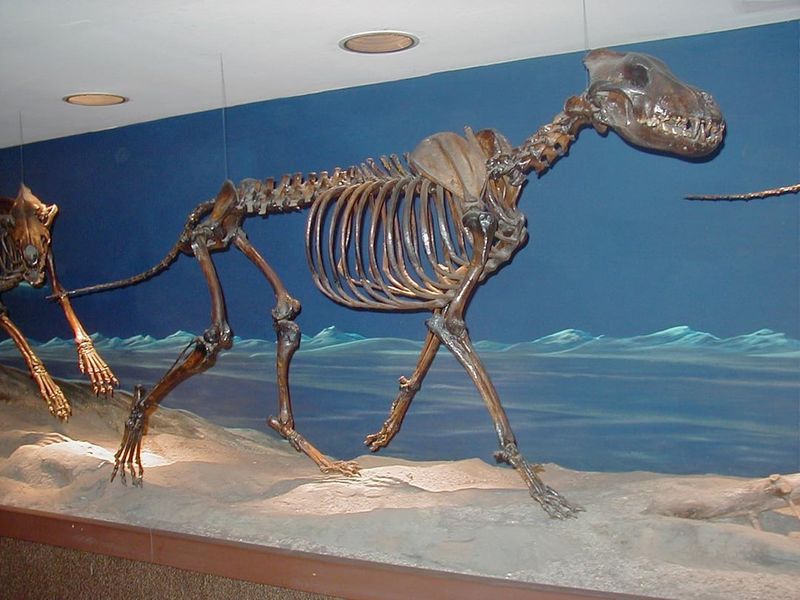
Bone-deep differences set these wolves apart. Dire wolves had heavier, more robust bone structures, built for power. Their skulls were broader, accommodating larger teeth for tackling big game.
Gray wolves, with their lighter bones, are designed for speed and agility. Their narrower skulls house teeth perfect for shearing and tearing.
These skeletal distinctions are not just about size but reflect the evolutionary paths each wolf took. The bone structures reveal how these animals adapted to their predatory roles, each uniquely equipped for survival.
11. Reproductive Differences
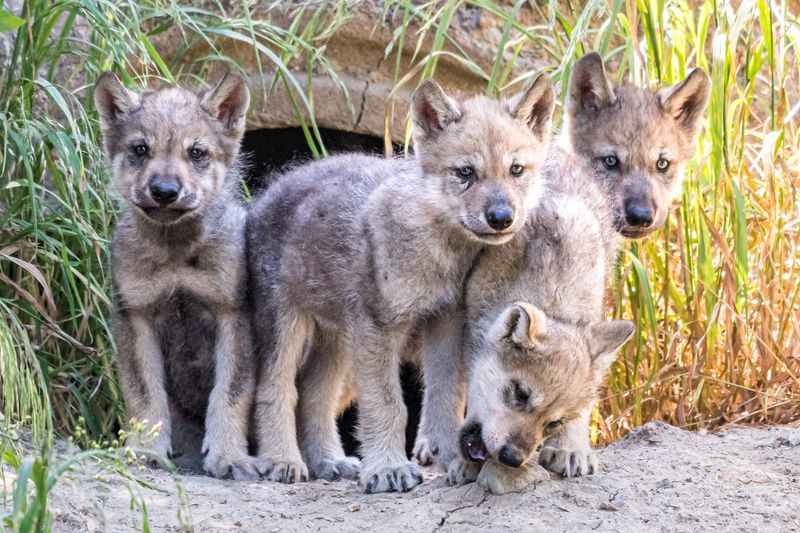
While much about dire wolf reproduction is still shrouded in mystery, it’s likely they shared similarities with gray wolves.
Gray wolves typically have a breeding pair that leads the pack, with pups born in the spring. Pups are cared for by the entire pack, ensuring their survival.
If dire wolves had similar structures, their robust builds might have required more resources for raising young, impacting pack dynamics.
These reproductive strategies highlight the social structure and survival tactics that are crucial for pack animals, painting a picture of family life in the wild.
12. Vocalization
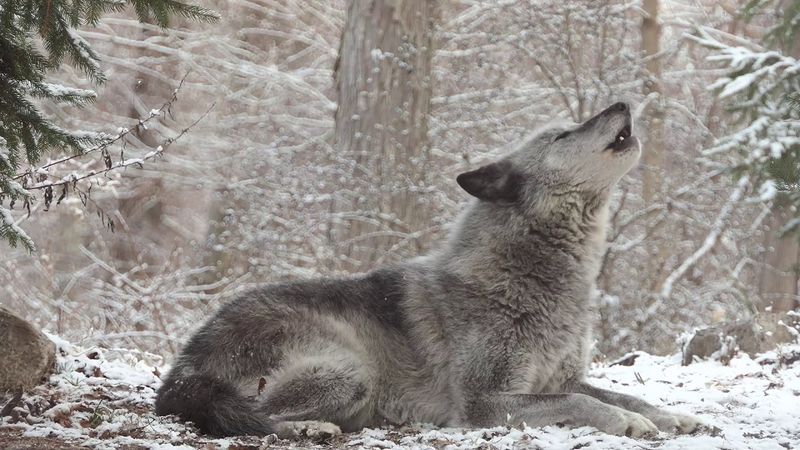
What songs did the dire wolf sing? Their vocalizations remain a mystery, but they likely communicated similarly to gray wolves.
Gray wolves are known for their haunting howls, used to communicate over long distances, strengthen social bonds, and coordinate hunts.
The richness of their vocal repertoire is a testament to their social complexity. If dire wolves shared this trait, their calls would have echoed across the prehistoric plains, a symphony of survival.
Vocalization is a powerful tool for wolves, enhancing their pack dynamics and asserting their presence in the wild.

